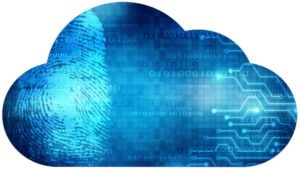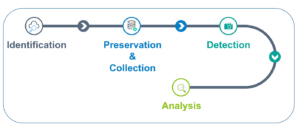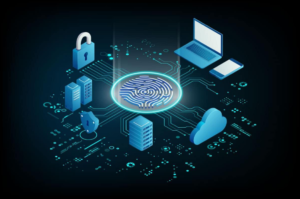Introduction
Cloud computing has completely changed how companies handle, store, and process data. But using cloud services also brings with it new difficulties for digital forensics. In a cloud computing setting, cyber forensics entails the examination and interpretation of digital evidence kept on the cloud. This article will examine the particular difficulties associated with cloud-based cyber forensics and go over methods for carrying out efficient investigations.
Understanding Cyber Forensics in Cloud Computing
Digital forensics, another name for cyber forensics, is the process of gathering, storing, and examining digital evidence in order to look into cybercrimes. The fact that data in a cloud computing environment is spread across several servers and locations makes it difficult to locate and gather proof. Cloud-based cyber forensics access and analyse data stored in the cloud using specific tools and methods.
Challenges of Cyber Forensics in Cloud Computing
The following are a few of the main difficulties facing cyber forensics in cloud computing environments:
1. Data Fragmentation: It can be challenging to reconstruct and analyse data stored in the cloud since it is frequently dispersed over several servers and locations.
2. Data Ownership and Jurisdiction: It can be difficult to decide who owns data stored in the cloud and under what legal jurisdiction, particularly when there are several parties involved and borders across international borders.
3. Data Encryption: Data kept in the cloud by cloud service providers is frequently encrypted, making it difficult to access and analyse without the encryption keys.
4. Volatility of Evidence: Cloud environments are dynamic, involving frequent updates and data migrations. It may be difficult to timely preserve and gather evidence because of this volatility.
Strategies for Conducting Cyber Forensics in Cloud Computing
Cybersecurity experts should take into account the following tactics in order to perform efficient cyber forensics in a cloud computing environment:
1. Use of Forensic Tools: To gather, preserve, and analyse digital evidence, use forensic software specifically made for cloud environments.
2. Data Collection and Preservation: To ensure the integrity of the data and its admissibility in court, make sure it is stored in a way that adheres to forensic best practices.
3. Legal and Compliance Considerations: When performing cyber forensics in the cloud, follow all legal and regulatory requirements. This includes making sure that data is private and securing the required permissions.
4. Collaboration with Cloud Service Providers: To access and analyse data stored in the cloud, collaborate closely with cloud service providers while adhering to their policies and protocols.
Conclusion
Because cloud computing services are distributed and dynamic, cyber forensics in this setting poses special difficulties. Cybersecurity professionals can perform comprehensive and efficient investigations in cloud environments by comprehending these challenges and putting effective strategies into practice. It’s critical for forensic investigators to keep up with the newest developments in cyber forensics as cloud computing continues to change.





